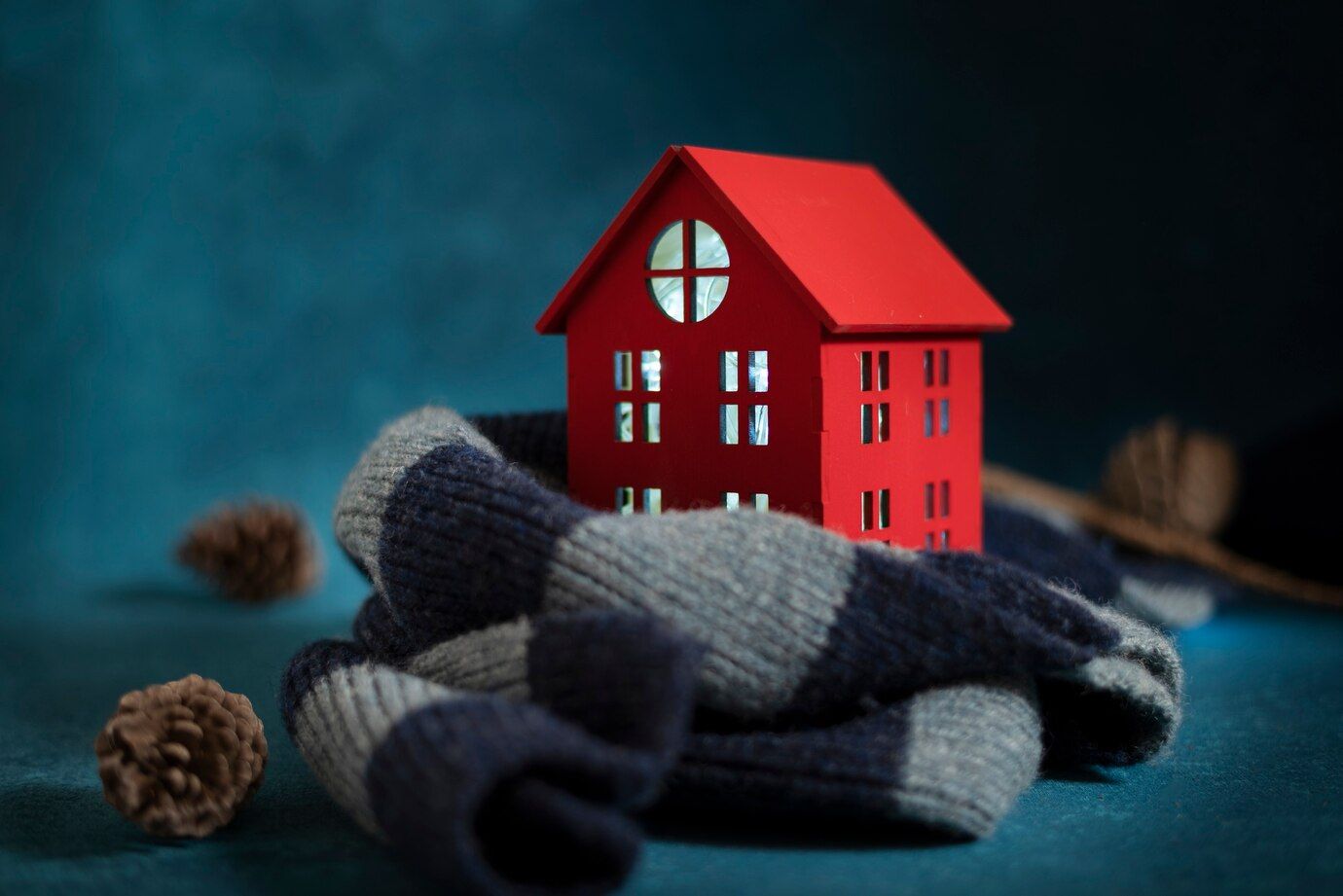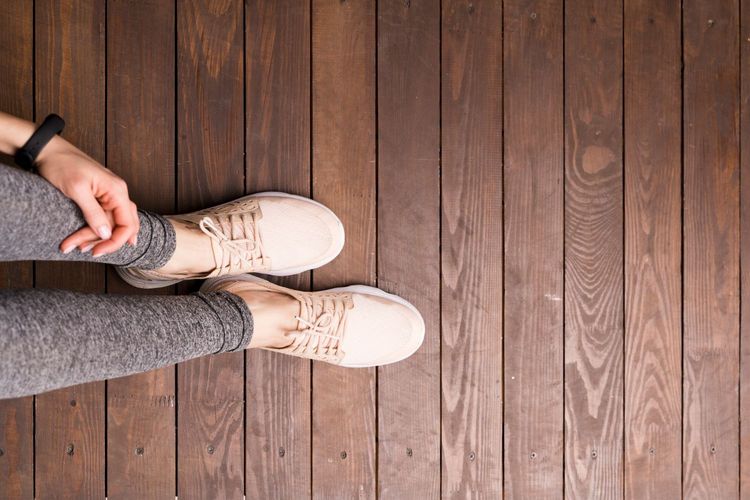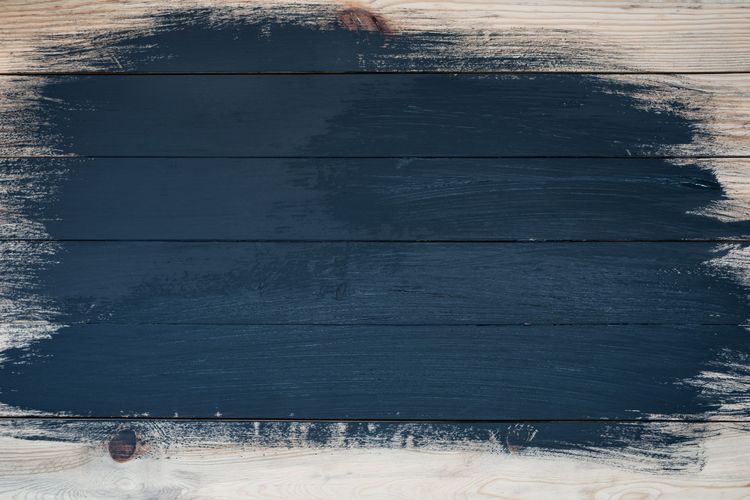Insulation of wooden floors

Insulating wooden floors is an important step to improve the comfort and energy efficiency of any room. Wooden floors have excellent aesthetic qualities, but without proper insulation they can be a source of heat loss, especially in cold weather. Proper insulation not only provides warmth in the house, but also helps to reduce heating costs. In this article we will consider the main ways of insulating wooden floors, their advantages, as well as the nuances of choosing materials for insulation.
Why floor insulation is needed
Underfloor insulation is an important step to increase indoor comfort and improve the energy efficiency of a building. Heat loss through the floor can be a significant part of the total heat loss, especially in houses with wooden floors. Wooden floors themselves have insulating properties, but are not always sufficiently protected from external influences, making insulation essential.

One of the main reasons for floor insulation is to reduce heat loss. Approximately 10-20% of heat escapes through the floor, which is especially noticeable in houses with wooden floors. Insulation helps keep heat in the room, reducing heating costs during the colder months. Insulation also increases overall comfort levels, as uninsulated wood floors can be cold to the touch, making occupants uncomfortable. An insulated floor retains heat and makes staying in the house more pleasant.
Insulation also plays an important role in keeping out drafts. In wooden houses, especially on the first floor, draughts are common due to loose boards or gaps in the floor structure. Insulation eliminates this problem by protecting the home from cold air infiltration. In addition to this, the insulation materials used in insulation have soundproofing properties, which helps to reduce noise levels, especially in apartment buildings.
Insufficiently insulated floors can accumulate moisture, which leads to condensation, mold and mildew. The use of moisture-resistant materials for insulation prevents these problems and helps to extend the life of wooden structures. In addition, floor insulation can significantly reduce heating costs as the house retains more heat, making it more energy efficient and helping to save money in the long run.
Thus, floor insulation not only increases comfort and improves the microclimate in the house, but also contributes to the longevity of wood floors and lower utility bills.
What to insulate a wooden floor with
To insulate a wooden floor, there are many materials, each of which has its own advantages and features. The right choice of insulator depends on the floor construction, climatic conditions and budget. Let's consider the main types of materials that are most often used to insulate wooden floors.
- Mineral wool: One of the most popular insulation materials, which is used both for floors, walls and roofs. Mineral wool has excellent thermal and acoustic insulation properties. Its structure allows it to retain air, which effectively reduces heat loss. The material is also resistant to fire and mold. Mineral wool is often laid between the lags of a wooden floor, creating a dense insulating layer.
- Polystyrene foam (Styrofoam): Styrofoam is a lightweight and inexpensive material with good thermal insulation characteristics. It is resistant to moisture and does not lose its properties even at high levels of humidity, which makes it suitable for floor insulation in rooms with high humidity, such as basements or first floors of houses. Foam plastic is convenient to lay between the lags, and it is easy to cut to size.
- Extruded polystyrene foam (EPS): This material is similar to Styrofoam, but has a higher density and resistance to loads. Extruded polystyrene foam is used in cases when the floor is exposed to strong mechanical impact or if it is necessary to increase the level of moisture protection. It is also used for floor insulation in houses with a low basement or directly on the ground.

- Ecowool: Ecowool is an environmentally friendly material consisting of recycled cellulose, which is often used to insulate wooden floors. It has good thermal insulation properties and is also vapor permeable, allowing the floor to “breathe”. Ecowool is resistant to mold and mildew, which is especially important for wooden structures.
- Claydite: Claydite is a light and porous material that is excellent for insulating floors in wooden houses. It is used to create a so-called “cushion” under the floor, filling the space between the lags. Claydite has good thermal insulation and durability, as well as resistant to moisture and is not subject to rot.
- Penofol: Penofol is a thin roll material based on foamed polyethylene with a foil surface. It combines the properties of thermal insulation and vapor barrier, which makes it suitable for use in wooden structures. The foiled surface reflects heat waves, increasing the efficiency of insulation. Foam foil is often used as an additional layer of insulation in combination with other materials.
- Wood fiber insulation boards: These boards are made of recycled wood fibers and are an environmentally friendly material. They have good thermal insulation properties while retaining air permeability, which is important for wooden floors. These boards are easy to install and provide long-term thermal insulation.
- Perlite: Perlite is an expanded natural material with excellent thermal insulation properties. It is often used in combination with cement to create a screed or as bulk insulation under wooden floors. It is resistant to moisture and fire, and prevents mold growth.
Each of these materials has its own unique properties and features, so the choice of insulation should take into account the specific conditions of use and the purpose of insulation. The right choice of material will not only provide quality thermal insulation, but will also extend the life of the wooden floor.



